Hello, I’m Uchida, who just joined the company in April. This is my first blog post, so nice to meet you!
Every guitar player probably has their own guitar hero. I certainly have one.
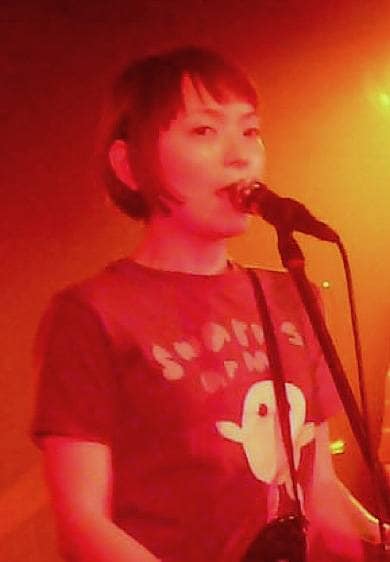
Hisako Tabuchi, public domain (From Wikipedia)
For those who listen to Japanese rock, Hisako Tabuchi is a familiar name. She’s my guitar hero. A guitarist from Fukuoka, she is well-known as a member of the band Number Girl. After Number Girl disbanded (with a brief reunion, but currently disbanded again), she has played guitar in bands like Bloodthirsty Butchers, Toddle, and Lama. One essential aspect of discussing her is her main guitar, the Jazzmaster, a vintage model made in 1965. The worn paint from her intense picking adds an indescribable coolness. Her unique, fierce, and chaotic sound, as well as the warm, comforting tone she produces, are all created by this Jazzmaster. Enchanted by the sounds she and her Jazzmaster create, I too got my hands on a Jazzmaster.
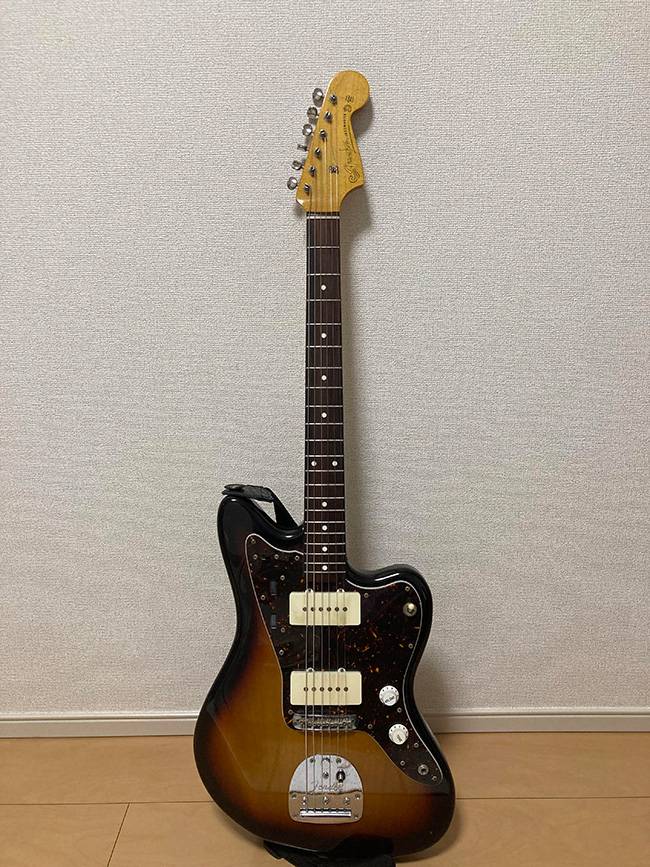
My Beloved Jazzmaster
However, as a university student at the time, I couldn’t afford a vintage guitar, so I chose a Fender Japan Jazzmaster that I found by chance at a thrift shop. For a beginner like me, it was a wonderfully high-quality guitar. Even now, as a working adult, I still love this Jazzmaster and want to continue using it.
But achieving a sound like my hero Hisako Tabuchi’s with this guitar requires a bit of ingenuity. First of all, the amplifiers available are different. Unless you’re a student with considerable money and space at home, it’s hard to afford both an amp head and a cabinet. As I was one of those students without such luxury, my main amp was the JC-120 that’s commonly available at studios and live venues. While I could achieve the clean sound typical of the Jazzmaster with the JC-120, recreating the thick, impactful sound and the fierce distortion she uses was challenging with just the amp. As a beginner with electric guitars, I hit a wall and this is where effects pedals come in!
There are countless types of effects pedals. Using information from university bandmates, various social media sources, and Hisako Tabuchi herself, I gradually assembled a collection of effects pedals despite financial constraints. Looking back, it’s a fond memory. In this blog post, I’ll focus on some of the effects pedals that Hisako Tabuchi frequently uses and introduce a few of them.
BOSS / BD-2W Overdrive
First up is the BOSS BD-2W Overdrive!
The Blues Driver is a hallmark of hers. This time, I’ll be covering the one in the Waza Craft Series. The main difference from the standard BD-2 is the mode switch that lets you choose between Standard and Custom modes. In Standard mode, you get the bluesy crunch typical of the Blues Driver with a new discrete circuit, while Custom mode provides a thicker, more refined sound. It’s exciting to think of it as having two Blues Drivers in one. Hisako Tabuchi uses both the original and the Waza Craft Series, but she seems to prefer the Waza Craft version. Personally, I only have the standard BD-2, so I hope to incorporate this one in the future.
Earthquaker Devices / Arrows
Next is the Earthquaker Devices Arrows.
This pedal shines as a preamp-like booster. Using it alongside other distortion pedals, you can add gain while tightening the low and mid frequencies and adding a sharp harmonic to the high frequencies. Its single-knob design is also distinctive. It might be perfect for guitarists like me who rely more on intuition than intricate settings.
TC Electronic / Spark Mini Booster
Next up is the TC Electronic Spark Mini Booster.
I personally recommend this as a substitute for the Arrows. I also use it. It features a single knob and is straightforward! It not only boosts volume but also adds definition and a rich, full sound. It also has a momentary function where the effect is on only while you’re stepping on the footswitch, making it a very user-friendly booster.
Earthquaker Devices / Plumes Overdrive
Up next is the Earthquaker Devices Plumes Overdrive.
This overdrive retains the characteristic midrange of TS-style pedals while adding punch and power. It offers three clipping modes, ranging from British amp-like distortion to clean booster and clear, loud TS-style sounds. Hisako Tabuchi often sets the Gain and Level high, using it for distortion sounds.
Warm Audio / Centavo
This is the Warm Audio Centavo, the last pedal I introduce today.
I picked this one as a substitute for the Klon Centaur Professional, which is synonymous with her and can be considered legendary. The Klon Centaur is a premium pedal, and many clone pedals have been made. This Centavo is one of these. The design shows clear respect for the original, and there is no compromise in sound quality. It uses high-quality components like TL072 op-amps and 1N34A germanium diodes to maintain signal integrity and achieve the distinctive hard clipping and clean boost sound for legendary overdrive tone. It’s a reliable choice to have at your feet!
That’s it for this post. I’ll cover spatial effects if I get a chance!





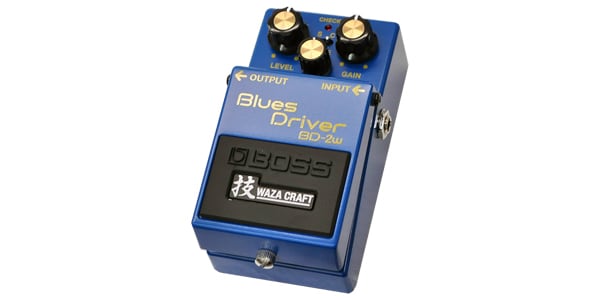
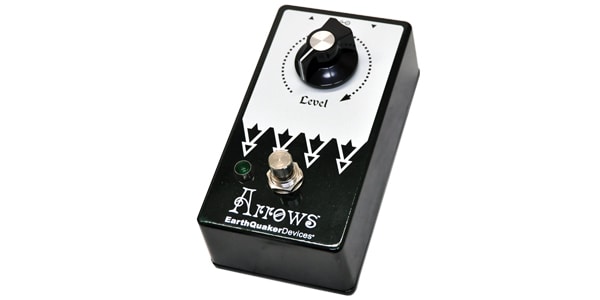
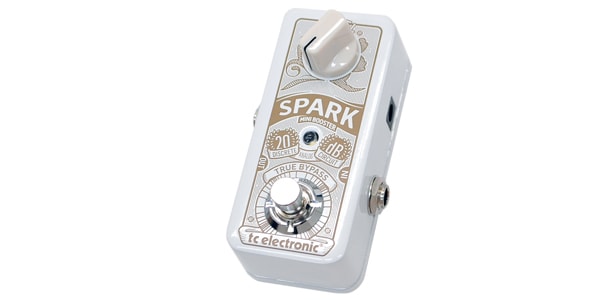
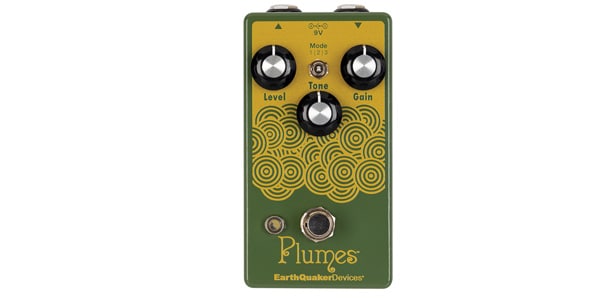
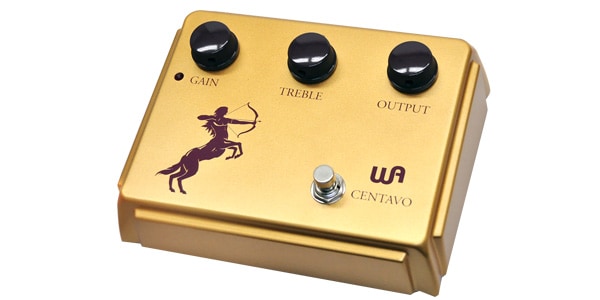





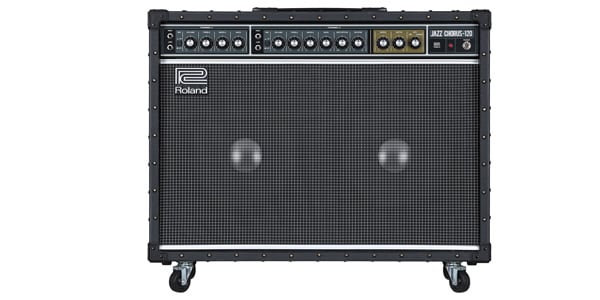

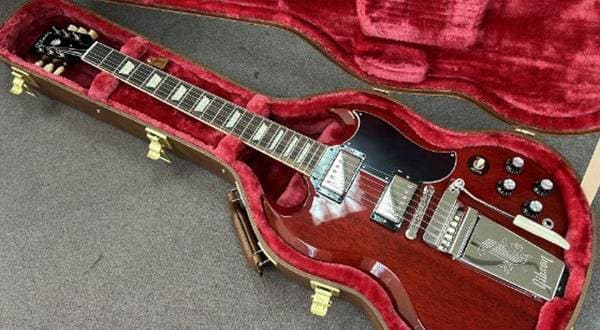
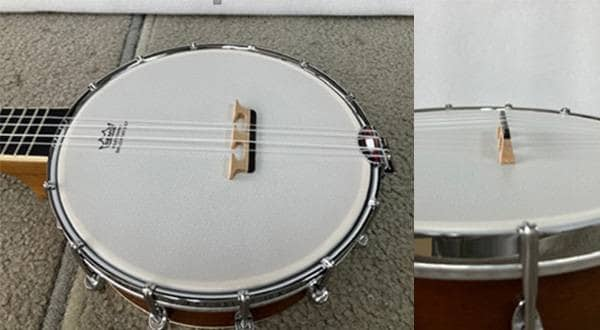
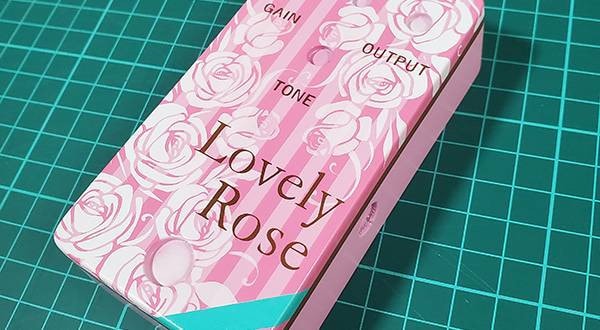
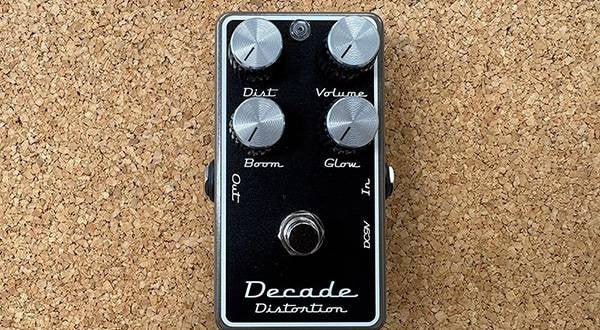
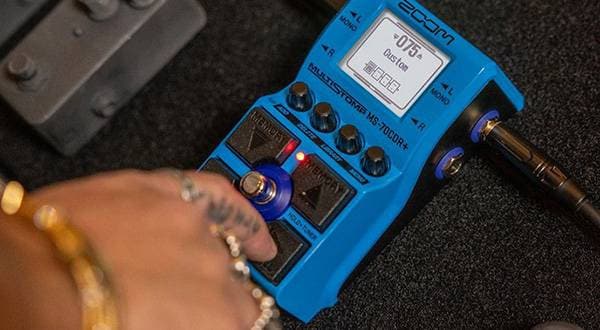
![[New for 2025] Top 10 Recommended Overdrive Pedals!](/contents/uploads/thumbs/2/2022/8/20220801_2_18812_1.jpg)
![[Latest for 2025] The 10 Best Effects Pedals for Guitar Beginners!](/contents/uploads/thumbs/2/2022/5/20220526_2_18129_1.jpg)
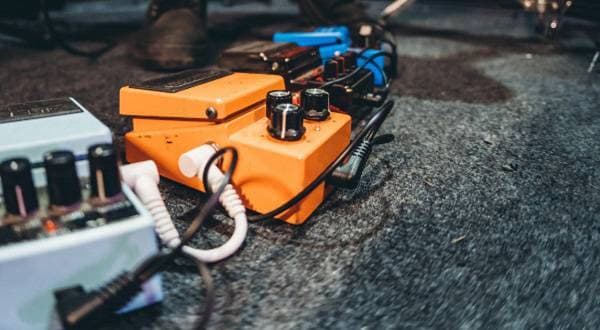

![[Organic Sounds Organic Drive] Hydra Ares Comparative Review ② Ares Edition](/contents/uploads/thumbs/5/2020/6/20200611_5_10318_1.jpg)
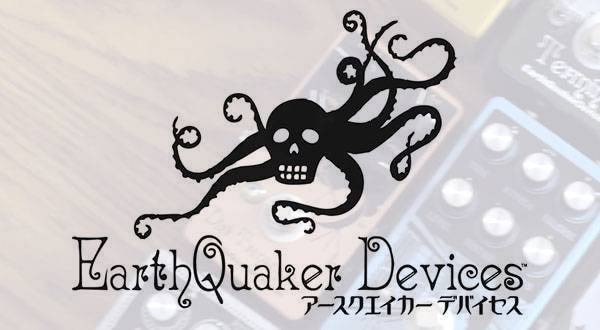
 第2弾 あなたのエフェクターボード見せてください
第2弾 あなたのエフェクターボード見せてください
 【初心者向け】エフェクター講座
【初心者向け】エフェクター講座
 あなたのエフェクターボード見せてください
あなたのエフェクターボード見せてください
 エフェクターのつなぎ方
エフェクターのつなぎ方
 エフェクターの種類
エフェクターの種類
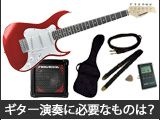 ギター演奏に必要なものは?
ギター演奏に必要なものは?















